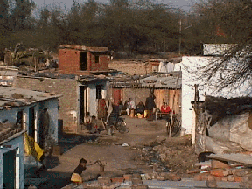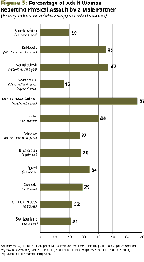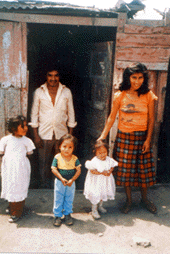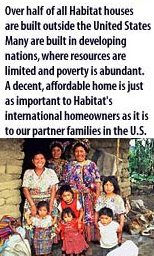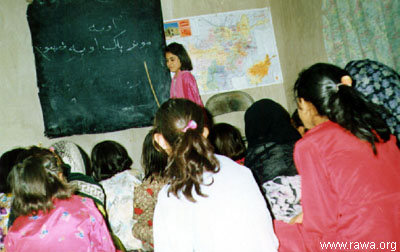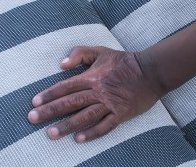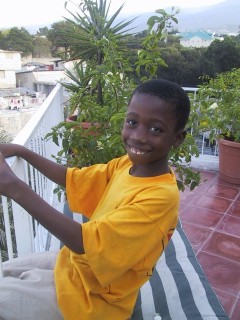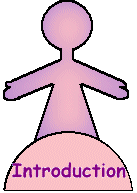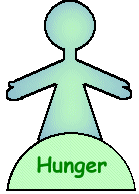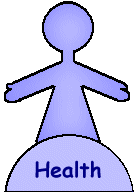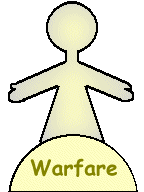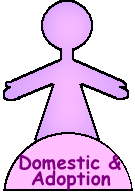
|
Problems- Domestic Life, Family Structure, and Abuse:
Domestic violence and child abuse is not limited to the developed world, nor are the effects limited to mental disorders. According to one 1998 study done in Latin America and the Caribbean, as the inequality in income increases (the poor get poorer) there is a dramatic rise in domestic violence. A study done in rural Karnataka, India showed that children of mothers who were beaten and abused received less food than normal children; this is most likely due to the fact that the father devalued his family, and the mother was unable to acquire food for her child/children. The extreme but frequent version of this is death of the mother and/or children or their being outcast from the family altogether. In addition, frequent beatings of mothers causes a much higher rate of disabilities in children born as well as infant mortality. In Nicaragua, studies showed more negative and detrimental effects of abuse. Children in abusive households suffer more infant mortality, under-5 mortality, are more likely to have diarrhea and malnutrition, and are less likely to be immunized. (See chart below) “In Nicaragua children of battered women were more than twice as likely as other children to suffer from learning, emotional, and behavioral problems and almost seven times as likely to be abused themselves, physically, sexually, or emotionally. Among abused women in Nicaragua, 49% said that their children often witnessed the violence, as did 64% of women in Ireland and 50% in Monterrey, Mexico”(9). The way children are treated in the third world is extreme and has been under watch for a while. What defines abuse in these difficult living conditions and cultural situations? Children are many times made to work in order to support the family, forgoing health and education to do so. Children who are young, disabled, unhealthy, or unable to work typically receive less of the food acquired by the family, as it is important that those who can do the most good survive. Children suffer posttraumatic stress from exposure to warfare, or emotional repercussions from devastating scenes they have witnessed. In most third world countries, children are considered the property of their parents, and there are few laws to prohibit even these general forms of abuse. Because of traditions and survival, many practices of abuse are the social norm. Such is the way with women throughout the third world as well. Young girls born into these societies have a difficult road to follow. Anually, 5,000 brides in India are murdered or commit suicide because of their lack of dowry. The Dowry System in India, for example, and the fact that boys are generally stronger workers leads to mistreatment of female children; they are looked at as nothings, and many times killed at birth, left on the streets/orphanages, or sold (ex, the sex industry). “In Rajasthan and Uttar Pradesh [states], it is usual for girls and women to eat less than men and boys and to have their meal after the men and boys had finished eating... In case of illness, it is usually boys who have preference in health care. ... More is spent on clothing for boys than for girls, which also affects morbidity. (Karlekar, "The girl child in India.")”(4). The same patterns can be seen in countries such as China, or more extreme in countries in the Middle East where women culturally are possessed and easily devalued without many rights at all. In another extreme, female genital mutilation is found primarily in 28 countries in Africa and used as a ritual to “to contain sexuality, preserve virginity and insure marriageability”(27). Over 200,000 girls are genitally multilated each year, which is 6,000 girls a day on average. Clearly, cultural views make mistreatment of young girls commonplace.Solutions- Domestic Help & Abuse Prevention: Many organizations and programs exist which aid children in these areas of living conditions, domestic abuse, and cultural stereotypes.
Second, the issue of child abuse is a difficult one to address, due to
varying definitions, cultures, governments, and morals. But where children
are suffering, it seems many organizations are identifying that and
stepping in. One example is the “Children First” joint project between
Save the Children (New Zealand) and The National
Collective of Independent Women’s Refuges. The project looks at the needs of children before
those of adults in an attempt to break the
cycle of abuse. Goals of the program include: preventing harm
to children based on experiences of family violence, providing therapy to
children, deliver service in a culturally appropriate way, involving primary caregivers
to create a more stable and safe home environment, and removing barriers
to development when domestic abuse occurs. Save the Children also does programs of teaching and
awareness, as well as providing funding for ECPAT (End Child
Prostitution and Trafficking). Two international organizations have a very strong
online presence. Though the ISPCAN(International Society for Prevention of Child abuse
and Neglect) is based in the United States, it works
to prevent the many forms of cruelty to children through outreach
programs, community training, and publications. It works in places from Sri-Lanka
to Bangladesh, from Pakistan to Poland, from Cote d’Ivoire
to the Republic of Cameroon. ICAN (The International Child
Abuse Network) also has a core-feel to it, but reaches world-wide to help
children. Its publicizing and raising awareness are important, but this organization
has a 24-hour international hotline for support and reporting abuse which
has the capability of supporting over 150 languages. The non-profit organization named
Haitian Street Kids, Inc. works to identify and aid abandoned
and abused children, and children who are restavek, or child slaves
(of which there are over 300,000 in Haiti). They have night
shelters where the Haitian children can go to be safe, place
some children in the Family Circle home, There are, of course, a
number of organizations of varying sizes such as the Global Fund for Women
helping women and their families cope with domestic violence. Programs
such as The Corporación Grupo de Apoyo in Bosa, Colombia, shelter women
and their children who have been in situations of deomestic violence and
sexual violence. The Centro de Apoyo a la Mujer(Women's Support Centre) in
Mexico provides the same support, but also specifically looks at helping
young girls who are forced to marry at age ten into situations of wife
abuse. Counseling goes on for women in Bosnia, Uganda, the Philippines,
Croatia and many more places are the world. In India, where one out of
three men admit to beating their wife, shelters, counseling, and legal aid
are available in some sectors, and a project/study done by the US (PROWID,
Promoting Women in Development) hopes to target more causes and ways to
improve the domestic situations with new techniques. In Mumbai, India, for
example, special cells exists in police stations solely for women and
children who report domestic violence. Not only are they able to stay
there for protection, but in depth data can be gathered by officials on
cases to help. Because so much affects children, is it important to look
at the domestic problems that impact their lives because that is a form of
abuse itself.
|
